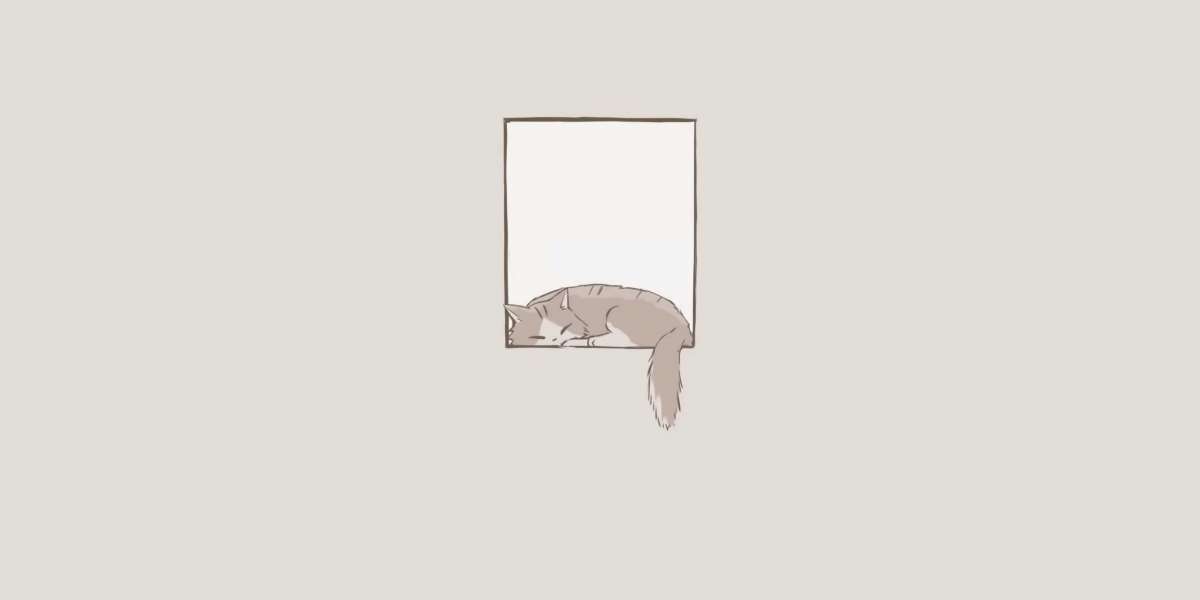Infrared imaging technology has revolutionized the way we perceive the world around us. By capturing the infrared radiation emitted by objects, this technology allows us to visualize heat patterns, making it invaluable in numerous fields. But how does infrared imaging work, and what are its practical applications? Let’s delve into the science behind this fascinating technology.

Understanding Infrared Imaging Technology
At its core, infrared imaging technology detects infrared radiation, which is a type of electromagnetic radiation with wavelengths longer than visible light. This technology utilizes specialized sensors to convert infrared radiation into electronic signals, which are then processed to create images. The key components of an infrared imaging system include:
- Infrared Sensors: These sensors are designed to detect infrared radiation and convert it into electrical signals.
- Optics: Lenses focus the infrared radiation onto the sensor, enhancing image clarity.
- Image Processing Software: This software interprets the signals and generates a visual representation of the thermal data.
How Does Infrared Imaging Work?
Infrared imaging technology operates on the principle that all objects emit infrared radiation based on their temperature. Warmer objects emit more radiation than cooler ones. When an infrared camera captures this radiation, it translates the thermal energy into a color-coded image, where different colors represent varying temperatures. For instance, red may indicate high temperatures, while blue signifies cooler areas. This process raises an intriguing question: how can we leverage this technology in practical scenarios?
Applications Across Various Industries
The versatility of infrared imaging technology extends to numerous sectors, including:
- Healthcare: Infrared imaging is used for diagnosing conditions such as inflammation and circulatory problems.
- Building Inspections: It helps identify heat leaks in buildings, improving energy efficiency.
- Military and Law Enforcement: Thermal imaging aids in surveillance and target acquisition during nighttime operations.
- Agriculture: Farmers utilize infrared imaging to monitor crop health and optimize irrigation.
In addition to these applications, infrared imaging technology is particularly beneficial for outdoor activities such as hunting. For instance, hunters can enhance their night vision capabilities using thermal imaging devices, allowing them to detect game more effectively. To learn more about improving your night hunts with thermal technology, visit this link.
The Future of Infrared Imaging Technology
As technology continues to evolve, the future of infrared imaging looks promising. Innovations in sensor technology and image processing algorithms are expected to enhance the accuracy and efficiency of infrared imaging systems. Moreover, the integration of artificial intelligence may further refine the analysis of thermal data, opening new avenues for applications in various fields.
In conclusion, infrared imaging technology is a powerful tool that provides valuable insights across multiple industries. By understanding its principles and applications, we can better appreciate its role in enhancing our daily lives and improving operational efficiencies.







